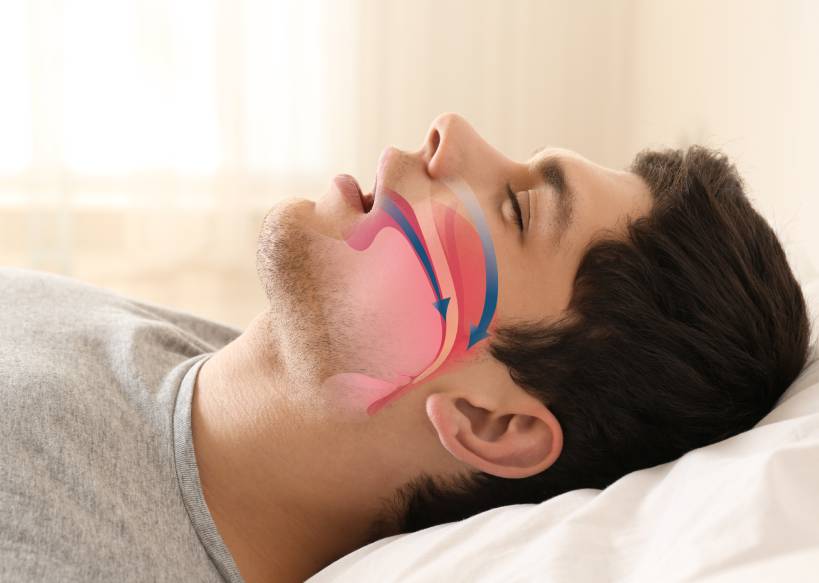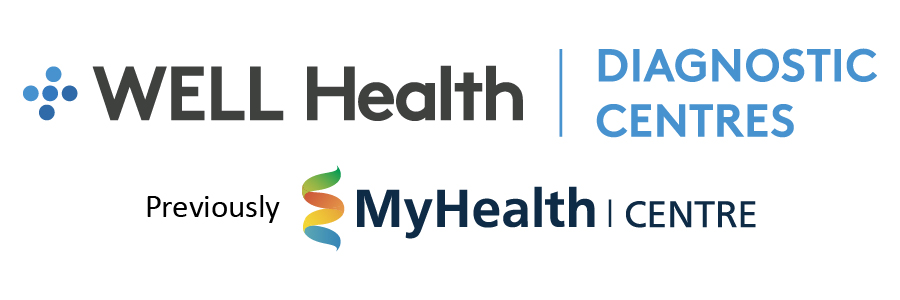NEWS & INSIGHTS
Understanding Sleep Apnea in Different Age Groups

Sleep apnea is a common sleep disorder that affects millions of people worldwide and is characterized by frequent disruptions in breathing during the night. If left untreated, it can result in several health issues. The severity of the illness varies, but it frequently leads to poor sleep and decreased oxygen flow to the body, which can have serious short- and long-term health effects. Because many people with sleep apnea are unaware of their breathing difficulties while they sleep, the condition frequently goes misdiagnosed.
According to the Mayo Clinic, the two leading causes of sleep apnea are either a physical blockage of the airway (obstructive sleep apnea, or OSA) or a malfunction in the brain’s communication with the breathing muscles (central sleep apnea, or CSA). Soft tissue collapse in the throat causes obstruction of airflow during sleep, whereas CSA is characterized by a lack of effort to breathe. Significant reductions in blood oxygen levels and fragmented sleep result from these disruptions.
To manage sleep apnea, awareness, and an accurate diagnosis are essential. Despite being common, many cases go undetected because people are unaware of the signs and consequences. Loud snoring, gasping for air as you sleep, headaches in the morning, and excessive daytime sleepiness are common signs. Studies have shown that sleep apnea is associated with a higher risk of heart disease, stroke, high blood pressure, and diabetes; therefore, it is imperative to address the condition and find an effective treatment.
Infant Sleep Apnea: Identifying Concerns
Brief breathing pauses characterize a pediatric sleep disease called infant sleep apnea while the patient is asleep. Unlike adult or geriatric sleep apnea, infant sleep apnea is frequently diagnosed based on central, obstructive, or mixed apnea episodes, says the National Institutes of Health. While obstructive apnea includes a physical restriction of airflow despite respiratory effort, central apnea arises when the brain fails to provide the proper signals to the muscles controlling breathing.
Snoring or noisy breathing during sleep is less common in babies than in adults, but it is a sign that needs to be recognized to diagnose sleep apnea in newborns. Other symptoms include atypical sleeping positions, gagging or choking, frequent breathing disruptions, and difficulty breathing. Prematurity, low birth weight, or a history of respiratory issues are examples of risk factors. If these issues are identified, pediatric healthcare practitioners may suggest a polysomnography sleep study to check for sleep apnea syndrome.
Sleep apnea can affect an infant’s growth, development, and general health, so early detection and treatment are essential. In contrast to adult sleep apnea, treatment for childhood sleep apnea may involve utilizing a breathing machine at night or modifying environmental conditions. Understanding the many age groups affected by sleep apnea guarantees all-encompassing treatment and enhances the welfare of those impacted.
Pediatric Sleep Apnea: Signs and Diagnosis
Pediatric sleep apnea, which can result in various health issues different from those typical of adults or older adults, is characterized by breathing pauses during sleep. Diagnosing pediatric sleep apnea accurately and paying close attention to its distinct symptoms is essential. According to Kidshealth.org, signs of pediatric sleep apnea include the following:
- Snoring loudly and often
- Stopping breathing while sleeping
- gasping or choking during the night
- agitation when sleeping or bedwetting
- Sleepiness during the day or behavioral problems
- unusual sleeping postures, such as a stretched-out neck
Pediatric Sleep Apnea Diagnosis
A thorough medical history and physical examination are usually the first steps in the diagnosis process for youngsters. A sleep study, also referred to as an overnight polysomnography, is the usual diagnostic procedure if sleep apnea is suspected. During polysomnography, numerous bodily processes are tracked, such as heart rate, respiration rate, brain activity, sleep stages, and limb movements.
Diagnosing children’s sleep apnea may require evaluations by a multidisciplinary team of sleep medicine specialists, pediatric pulmonologists, and otolaryngologists.
While teens may develop sleep apnea, it’s vital to remember that the illness poses unique difficulties for both diagnosis and treatment. Children’s long-term health and well-being depend heavily on early diagnosis and treatment.
Sources: www.ncbi.nlm.nih.gov ; www.mayoclinic.org ; www.sleepfoundation.org
WELL Health Diagnostic Centres’ 40+ Ontario locations provide OHIP-covered cardiology, radiology, women’s health, telehealth, and sleep diagnostic services – with shorter wait times, faster report turn-around, and the highest standard of patient care. Request an appointment with us today.
